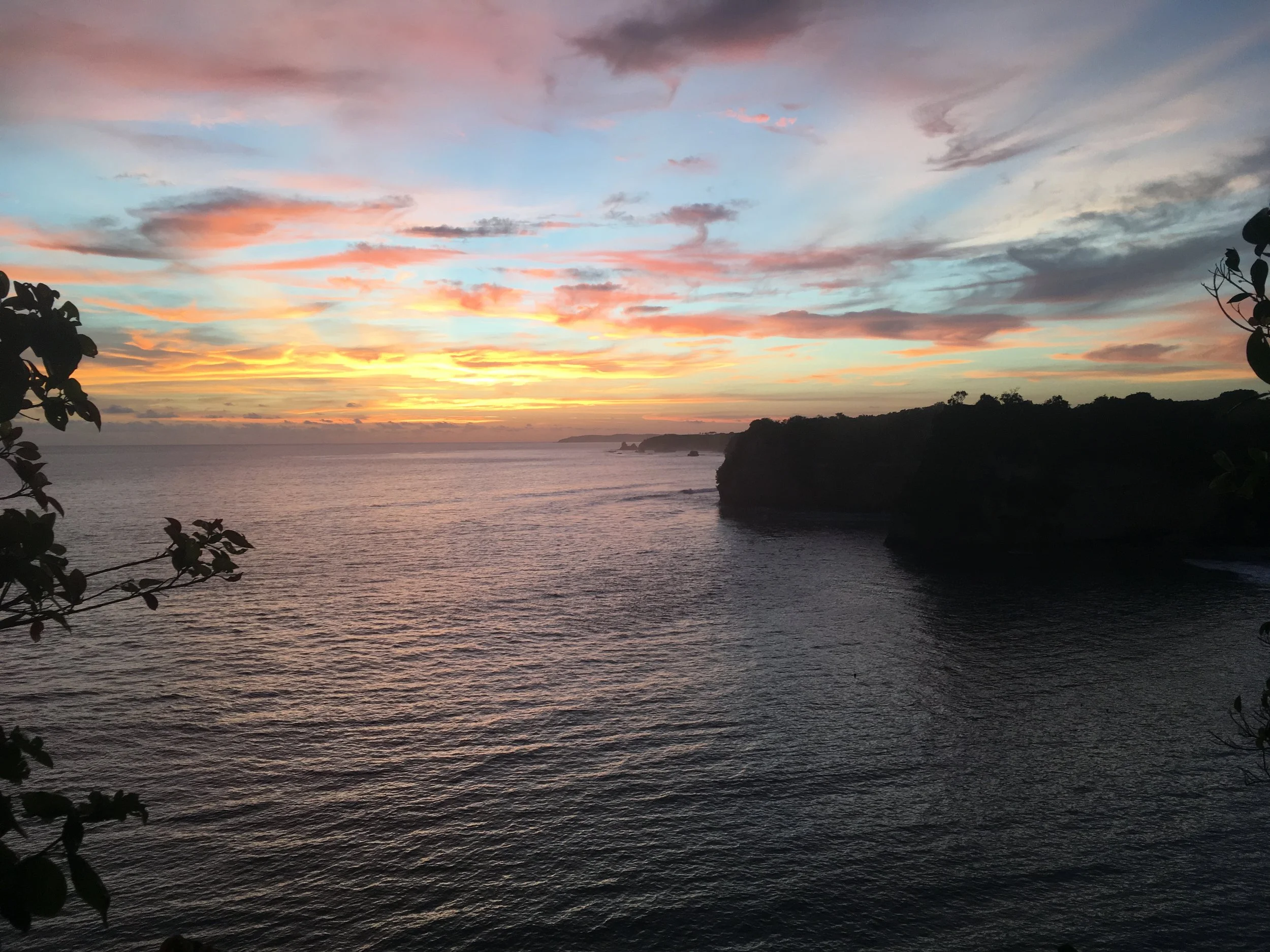Three men boarded the bus in broad daylight. One with a semi-automatic assault rifle hoisted over his shoulder, casually, like a handbag.
While I prepared to jump out a window, the bus driver acted unbothered. In fact, he began to interview the men as if he were a radio personality and they were a Top 40 boy band.
Flabbergasted from my red hard-plastic seat, I wondered if the interview was an attempt at distraction.
At the next stop, I exited the bus and scrambled toward an information booth at what looked like a subway station. The three men also hopped off and sprinted toward their destination, unknown.
I learned I wasn’t the only one in survival mode, dozens more of us milling about, having got off the bus well before our actual stops. It was never made clear to me where, exactly, I (or they) had been travelling.
As we do in dreams, I also learned that those three men had run toward the university in a place I learned was Australia, and had mowed down dozens of people in the swift blink of an eye.
Moments later I walked between lifeless bodies, scattered about, the scene eerily peaceful in silence and bloodless despite the carnage.
People blamed the bus driver for not doing more, and I agreed he could have alerted some authority, somewhere, somehow silently so the three men wouldn’t have grown suspicious. I also understood the driver’s survival tactic and the importance of trying to understand the psychology behind the faces of these abhorrent acts of extreme violence; for perhaps in understanding we might begin to address the underlying causes and these faithless acts may be prevented.
I grew troubled at the thought that Australia’s security forces would be ill-equipped to respond in an instance of automatic weapons, since they’ve already banned them and police are known for shooting perpetrators only as a very last resort, which I found admirable but perhaps absurdly so if more assault rifles may be infiltrating the extra-legal framework of a country now unprepared to respond.
From the steps of the university I caught a glimpse of the waves and hurried to beat the growing crowd headed out to surf. I tried my luck at the second peak of a rolling right-hander, but the thick crowd, mushy takeoff and closeout section made for an undesirable surfing experience.
I walked to the main peak, where people had gathered to look at something, standing in a line with their boards, queuing up to catch waves one at a time, as if it were a wave pool and not a point break.
There was a small dark-skinned person buried up to their neck in sand, shells and stones, grinning strangely like he was high on crack. A little girl played in the sand beside the spectacle as I watched from the on-land lineup, embarrassed, as I realized I had cut the queue completely and was next in line - akin to heresy by surf culture etiquette standards.
A tall blonde woman, standing in front of a tall blonde man asked me with all the self-righteous ‘tude in the world: ‘Are you for real?’
So I gave her some of my own SoCal ‘tude right back: “Yeah, I thought I’d just skip the line and hop-in next.” My sarcasm received a smile, at least.
I wondered if she knew who I was, somehow, from the overnight boom and bust fame of a provocative article I wrote on women’s empowerment in surfing, where I suggested selective resistance to the ‘rules’ in surfing may be a strategy for greater gender equity in surfing culture. I imagined that she and the man standing behind her assumed I was purposely asserting priority, where it had been a misunderstanding all along.
We laughed it off and got to talking, and I learned the little girl playing in the sand was of some relation to the surfer woman, and somehow it came up that I was a writer and a traveler and a researcher, and the little girl asked if I had ever written about India, and I told her that although I had never been there, I had in fact written about India when I worked with an Indian woman and was tasked with writing the narrative stories of her life and work as a women’s rights lawyer and activist.
“There must be some rhyme or reason to all your writing and traveling,” the surfer woman said, sort of asking, sort of telling. “What’s your greater purpose with all this?”
What came to mind then was the poignant question posed to me at the Researching Postcapitalist Possibilities Summer School at Western Sydney University I had attended a few months back: What are you interested in making more real?
So I told her: “My purpose in all this is sharing stories and creating knowledge, because knowledge is power, and my work is to make certain things more real, specifically justice, equality, equity and freedom for people marginalized and otherwise murdered directly and indirectly by dominant systems of colonialism and patriarchy at the heart of the capitalist paradigm of modernity.”
With that, I turned to look at the waves behind me, saw that the tide had dropped and the crowd had thinned, and I was ready to jump right in.


